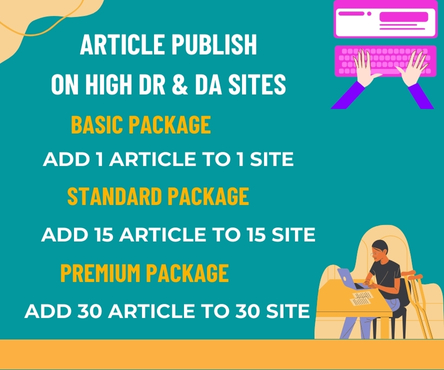In a world increasingly conscious of climate change, individuals and organizations alike are seeking ways to reduce their carbon footprint. Understanding the environmental impact of various activities, products, and processes is paramount in this endeavor. Fortunately, technology offers a helping hand through the development of carbon footprint calculations software .
Understanding Carbon Footprint
If you want to know why carbon footprint calculation software is important, you need to know what a carbon footprint is. A person’s, business’s, or an event’s carbon footprint is the sum of all greenhouse gas emissions, direct and indirect. The most common component of these emissions is carbon dioxide (CO2), although other gases such as nitrous oxide (N2O) and methane (CH4) are also possible.
From the manufacturing of food and energy consumption to the disposal of waste, every part of contemporary life adds to the problem of carbon emissions. The initial stage in reducing the negative effects on the environment caused by these activities is to acknowledge their existence.
The Role of Carbon Footprint Calculation Software
Carbon footprint calculation software plays a pivotal role in quantifying and managing emissions. Here’s why it’s crucial:
- Accuracy and Precision: In order to determine emissions precisely, carbon footprint software uses databases and sophisticated algorithms. Energy consumption, transportation options, material sourcing, and trash production are some of the aspects taken into account. With this level of accuracy, people and groups can pinpoint problem areas and set priorities for reducing emissions.
- Streamlined Data Collection: Collecting information to calculate one’s carbon footprint is no easy feat. But software solutions simplify it with their data entry interfaces that are easy for everyone to utilise. Data collection can be further automated by integration with smart metres, the Internet of Things (IoT), and enterprise systems, which in turn saves time and resources.
- Scenario Modeling: One of the significant advantages of carbon footprint software is its ability to conduct scenario modeling. Users can simulate the impact of different actions and interventions on their carbon footprint. Whether it’s switching to renewable energy sources, optimizing supply chains, or implementing waste reduction measures, scenario modeling helps in making informed decisions.
- Compliance and Reporting: Many jurisdictions mandate emissions reporting for businesses and industries. Carbon footprint software facilitates compliance by generating detailed reports tailored to regulatory requirements. This not only ensures adherence to environmental standards but also enhances transparency and accountability.
- Engagement and Awareness: By visualizing emissions data in intuitive graphs and charts, carbon footprint software fosters engagement and awareness. Individuals and stakeholders gain a clearer understanding of their environmental impact and are more motivated to adopt sustainable practices.
Choosing the Right Software Solution
With a plethora of carbon footprint calculation software available, selecting the right solution can be challenging. Here are some key considerations:
- Scalability: Ensure that the software can accommodate the scale and complexity of your operations, whether you’re an individual, small business, or multinational corporation.
- Integration: Look for software that seamlessly integrates with existing systems and workflows to maximize efficiency and data accuracy.
- Accuracy and Transparency: Verify that the software utilizes robust methodologies and transparent data sources to generate reliable results.
- User-Friendly Interface: Opt for software with an intuitive interface and customizable features to suit your specific needs and preferences.
- Support and Updates: Choose a reputable provider that offers ongoing support, training, and software updates to stay abreast of evolving emission calculation methodologies and regulatory changes. emissions management platform
Conclusion
Carbon footprint calculation software plays a vital role in quantifying, managing, and mitigating greenhouse gas emissions. By providing accurate data, facilitating scenario modeling, ensuring compliance, and fostering engagement, these tools empower individuals and organizations to make informed decisions and take meaningful action towards a more sustainable future. As the world intensifies its efforts to combat climate change, leveraging technology to calculate and reduce carbon footprints will undoubtedly remain a critical component of the solution.

